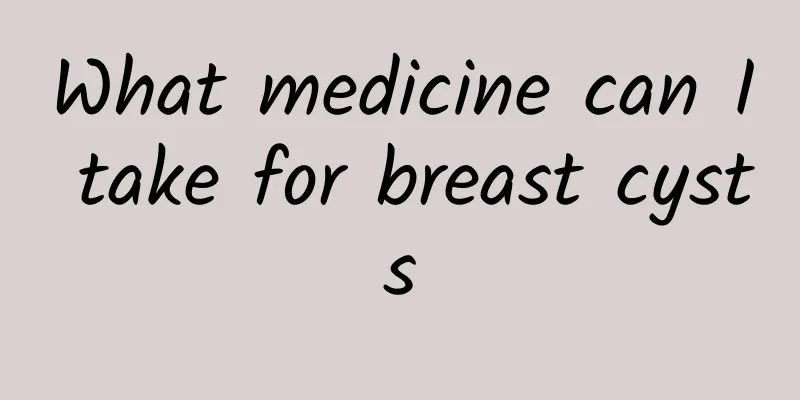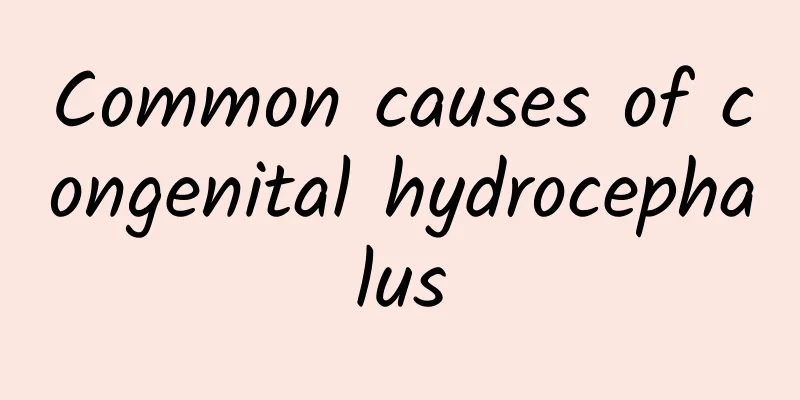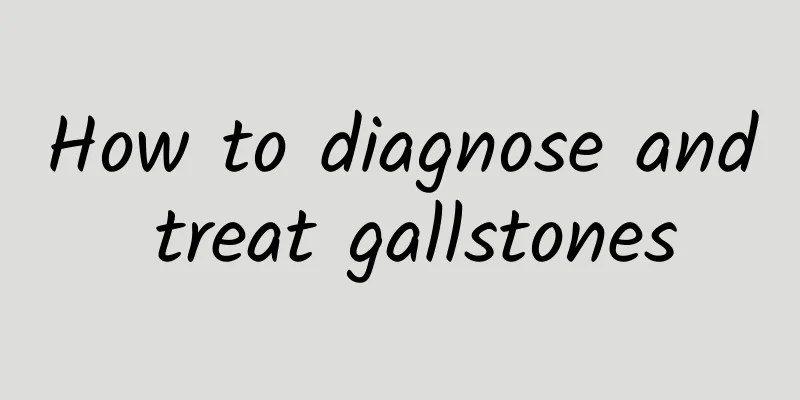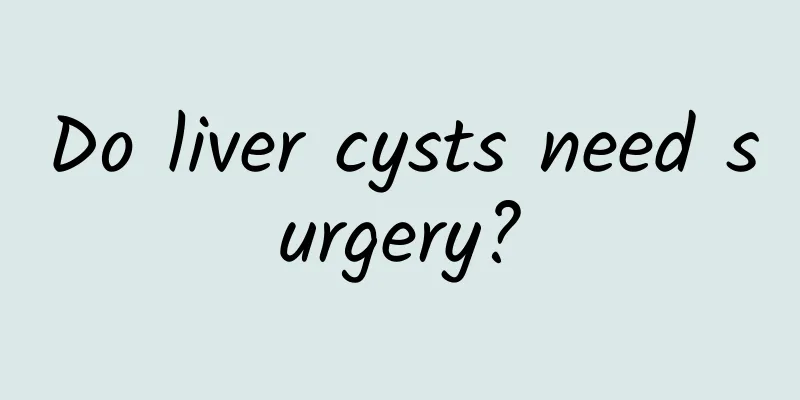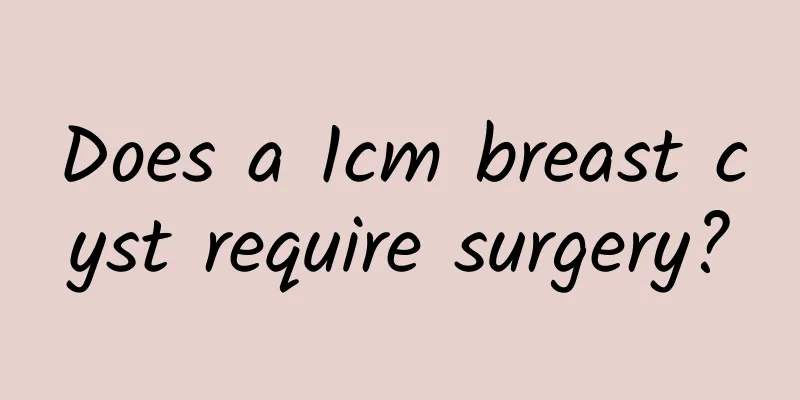Difference between osteoarthritis and tenosynovitis
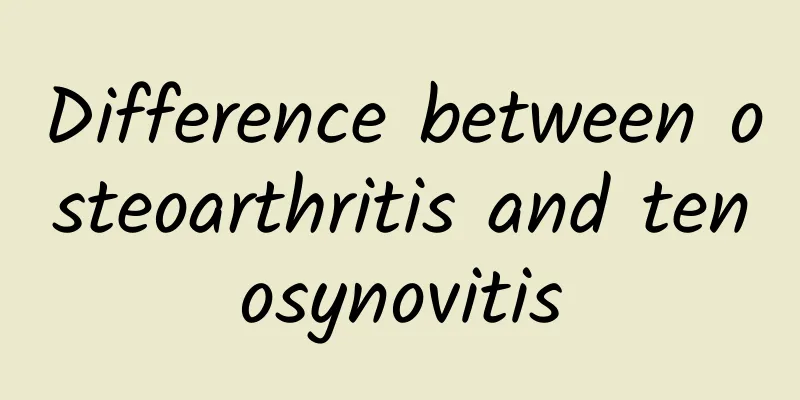
|
Osteoarthritis and tenosynovitis are two different diseases that differ mainly in where they occur and what causes them. Osteoarthritis primarily affects the cartilage in the joints, while tenosynovitis involves the sheath around the tendon. Treatments include medication, physical therapy, and lifestyle changes. 1. Causes and treatment of osteoarthritis Osteoarthritis is a degenerative joint disease that is primarily related to the wear and degeneration of articular cartilage. Genetic factors may increase the risk of the disease, especially in people with a family history of osteoarthritis. Environmental factors such as long-term overuse of joints, obesity or joint trauma can also accelerate cartilage degeneration. Physiological factors such as aging and changes in hormone levels can also affect joint health. Pathologically, osteoarthritis may progress from mild joint pain to severe joint deformity and dysfunction. Treatments include: Drug treatment: Nonsteroidal anti-inflammatory drugs such as ibuprofen, joint lubricant injections such as hyaluronic acid, and analgesics such as acetaminophen are commonly used. Physical therapy: Heat, cold, ultrasound therapy, and range of motion exercises are used to relieve symptoms. Lifestyle adjustments: Controlling weight, avoiding overuse of joints, and choosing low-impact exercises such as swimming and cycling can help reduce joint burden. 2. Causes and treatment of tenosynovitis Tenosynovitis is an inflammation of the sheath surrounding a tendon, usually caused by overuse or repetitive motion. Environmental factors such as long-term manual labor, sports injuries or poor posture may lead to tenosynovitis. Physiological factors such as tendon aging or chronic diseases such as diabetes also increase the risk of tenosynovitis. Pathologically, tenosynovitis may progress from mild local pain to severe limitation of movement. Treatments include: Drug treatment: Use nonsteroidal anti-inflammatory drugs such as diclofenac and local hormone injections such as prednisolone to relieve inflammation. Physical therapy: Rest, ice, massage, and stretching exercises are used to relieve symptoms. Lifestyle adjustments: Avoiding repetitive movements, using protective gear to protect the affected area, and adjusting working posture can help prevent recurrence. Although osteoarthritis and tenosynovitis have similar symptoms, their causes and treatments are different. Osteoarthritis focuses on protecting and repairing the joint cartilage, while tenosynovitis focuses on reducing inflammation and pressure around the tendons. Early diagnosis and targeted treatment are the key to improving prognosis. If symptoms persist or worsen, it is recommended to seek medical attention in a timely manner for professional evaluation and treatment. |
<<: What should I do if my breast cyst is very large?
>>: Can I eat black chicken if I have breast cyst?
Recommend
Can I get pregnant if I have a breast cyst?
Breast cysts usually do not directly affect the a...
Can I eat red beans if I have breast cysts?
Patients with breast cysts can eat red beans in m...
Treatment of cervical spondylosis
The treatment of cervical spondylosis mainly incl...
Can I eat walnuts and dates if I have breast cysts?
People with breast cysts can eat walnuts and date...
Does Hip Impingement Syndrome Cause Femoral Head Necrosis?
Hip impingement syndrome may lead to femoral head...
Common symptoms of gallstones
Common symptoms of gallstones include recurrent s...
Do I need surgery for a bone spur on my finger?
Whether bone spurs on fingers require surgery dep...
Can I eat crabs if I have ovarian cysts?
Patients with ovarian cysts can generally eat cra...
What causes urinary incontinence in women
Urinary incontinence is more common in women, and...
How to check for ventricular septal defect?
Ventricular septal defect is usually initially di...
What medicine can relieve breast cysts?
Breast cysts can usually be treated with medicati...
Can I eat donkey-hide gelatin if I have breast cysts?
Breast cysts can be treated with appropriate amou...
How long does it take for anal fistula to heal after surgery?
The healing time after surgery for perianal absce...
How to treat cervical spondylosis
The most common cervical spondylosis is radiculop...
What are the symptoms of synovitis?
Typical symptoms of synovitis include joint pain,...

